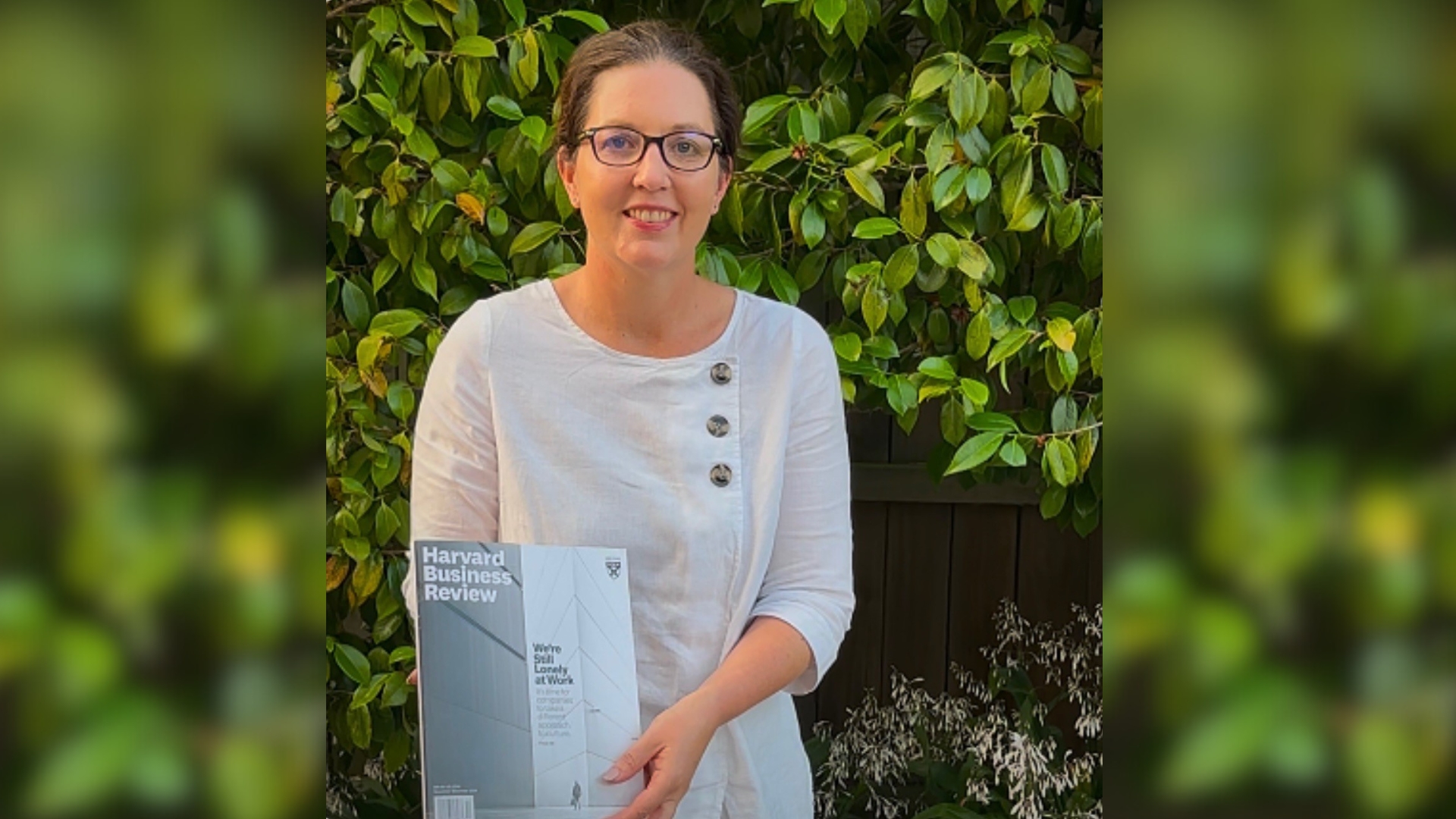Dr Bill Heffernan from University of Canterbury’s Electric Power Engineering Centre (EPECentre), showcasing a proof-of-concept Smart Electrode for rapid determination of the properties of logs. This technology can improve efficiency and profitability for the timber and wood products sector and is now being investigated for the food industry.
At the University of Canterbury’s Electric Power Engineering Centre (EPECentre), research on a Joule heating technique for logs has also paved the way to improved imaging technology with wider applications beyond the timber industry. By passing electricity from one electrode through a piece of wood to a segmented electrode array, researchers have been able to produce images showing the internal structures of wood, and now this same technology is being investigated for the food industry.
“This is one half of the story on this new electromagnetic tomography method we now hope to develop for food safety and quality applications,” says University of Canterbury Senior Research Engineer Dr Bill Heffernan. “We can use this electrode technique to gain some clues as to what’s happening in a section of pipe between two rings of segmented electrodes. The second half of the story involves developing an electro-magnetic system of sensors around the pipe to obtain a fuller picture of how the flowing food mixture is behaving between the electrodes.”
The goal is to develop this innovative new method so it can reliably determine the electrical conductivity distribution of food mixtures – such as milk - moving through a processing line. Foreign objects such as pieces of metal or plastic could then be quickly identified by their different electrical conductivity characteristics. This method could also be used to scan and image milk or other foods for attributes such as lumpiness, consistency and temperature, thereby providing reliable quality control assurance.
One of the big challenges for researchers will be to apply the method to fast flowing product mixtures, as opposed to a stationary item. A key research goal will be to produce a working prototype that could then be tested. Organisations aligned with this exciting project are New Zealand Food Safety, Synlait, TipTop, InFact Ltd, Westland Milk Products Ltd, Waiu Dairy, Miraka Ltd, Hellers Ltd, PDV Consultants and Fonterra.
“Super-sensing has obvious applications for foods such as milk or yoghurt but could also be applied to a product like sausage meat to check food safety and consistency during processing,” Dr Heffernan says.
Food quality and safety is pivotal to New Zealand’s reputation as a trusted exporter of value-added, processed food products. Having reliable scanning systems for primary products such as milk and meat as they move through the processing chain is essential. Current systems include metal detectors, magnets, filtering, temperature sensors and direct sampling, but a new method now under investigation could effectively replace and improve many existing safety and quality checks for foods such as milk, ice cream and sausage meat.









